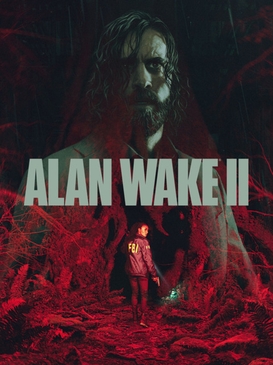Alan Wake 2 PC Review: A Masterclass in Atmospheric Horror (And a Technical Showcase) Alan Wake 2, the long-awaited sequel from Remedy Entertainment, is finally here, and it's a bold, unnerving experience that doubles down on the psychological horror elements of its predecessor while pushing the boundaries of visual fidelity on PC.
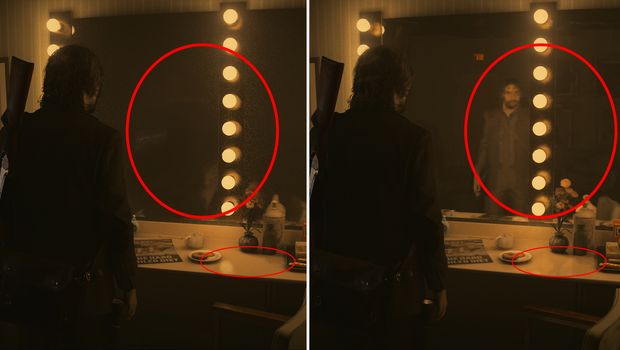
Alan Wake 2, the long-awaited sequel from Remedy Entertainment, is finally here, and it's a bold, unnerving experience that doubles down on the psychological horror elements of its predecessor while pushing the boundaries of visual fidelity on PC. This isn't just a game; it's a meticulously crafted nightmare you’ll want to dissect. But does it stick the landing? Let's dive into the shadows and find out.
Gameplay & Mechanics: Overlap and Evolution
The core gameplay loop in Alan Wake 2 revolves around two distinct protagonists: Alan Wake, trapped in the Dark Place, and Saga Anderson, an FBI agent investigating a series of ritualistic murders in Bright Falls. The "Overlap" mechanic, which allows players to switch between Alan's reality and Saga's mind-place, is central to both puzzle-solving and combat encounters.
Saga's mind-place, a detective's board brought to life, is a stroke of genius. Here, you piece together clues, profile suspects, and essentially rewrite the narrative to progress. It feels like a natural extension of investigative gameplay, providing a satisfying sense of agency. In contrast, Alan manipulates the world around him by rewriting scenes, altering environments to solve puzzles and create advantages. This is where the Overlap truly shines. For example, in one instance, Alan finds himself trapped in a looping subway station. By altering the narrative through his writing, he can change the environment, revealing new pathways and enemies. It feels less like a gimmick and more like a core element of the game's reality-bending narrative.
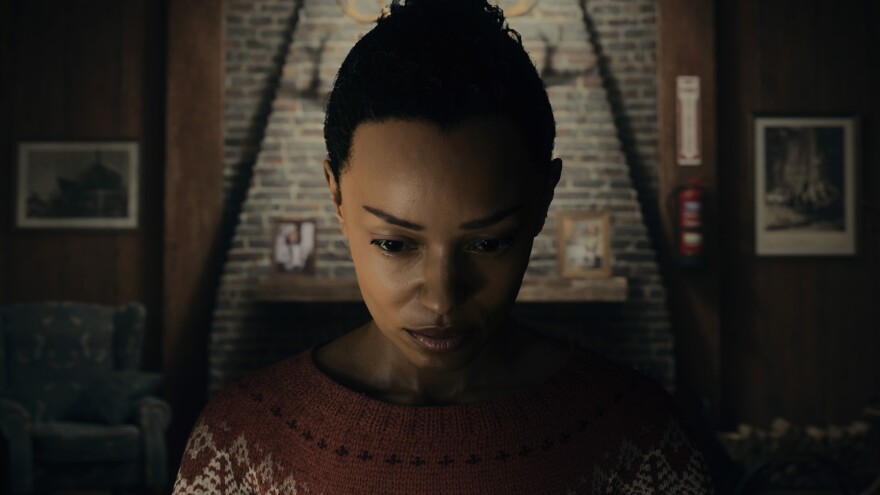
Compared to Control's world-shifting elements, the Overlap feels like a natural evolution rather than a retread. While Control often used its shifting environments for combat arenas and traversal puzzles, Alan Wake 2 integrates the mechanic more deeply into the narrative and puzzle-solving aspects. It's less about flashy set pieces and more about psychological manipulation and strategic advantage.
Narrative Analysis: A Dual-Protagonist Horror Story
The interplay between Alan Wake and Saga Anderson's storylines is where Alan Wake 2 truly excels. Their narratives intertwine and diverge in unexpected ways, creating a compelling sense of mystery and dread. While Alan struggles to escape the Dark Place by rewriting his story, Saga investigates the increasingly bizarre events in Bright Falls, gradually uncovering a connection to Alan's predicament.
The dual protagonist structure enhances the horror elements significantly. Saga's grounded perspective provides a sense of realism, while Alan's descent into madness amplifies the psychological horror. The pacing is masterfully controlled, with each character's story offering a unique blend of investigation, combat, and narrative exposition.
Thematically, Alan Wake 2 explores the concepts of reality, identity, and trauma with impressive depth. Both Alan and Saga are grappling with their own personal demons, and their experiences in Bright Falls and the Dark Place force them to confront these issues in profound ways. The game delves into how stories shape reality and how trauma can warp our perception of the world.
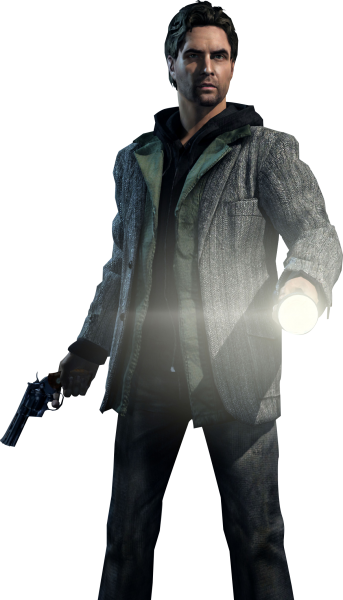
Comparing the storytelling approach to The Last of Us Part II, Alan Wake 2 arguably fares better in creating empathy, and sustaining tension. While The Last of Us Part II's dual narrative often felt divisive, Alan Wake 2 manages to weave its storylines together in a more cohesive and compelling manner. The player is never truly forced to sympathize with any one character over the other, instead, it lets the player reach their own conclusion. The mystery that links Alan and Saga is strong enough to maintain the tension.
Graphics: Ray Tracing Elevates the Horror
Visually, Alan Wake 2 is a masterpiece, especially with ray tracing enabled. The implementation of ray-traced reflections, shadows, and global illumination dramatically enhances the atmosphere and visual storytelling. The game’s environments are already meticulously detailed, and ray tracing elevates them to a new level of realism.
The rain-slicked streets of New York City, the dense forests of Bright Falls, and the surreal landscapes of the Dark Place are all brought to life with stunning fidelity. Ray-traced reflections in puddles and windows create a sense of depth and realism, while ray-traced shadows add a layer of dread to the already dark and foreboding environments. The global illumination ensures that light realistically bounces around each scene, affecting the mood. For example, the flickering of a flashlight in a dark forest casts dynamic shadows that dance across the trees, creating a palpable sense of unease.
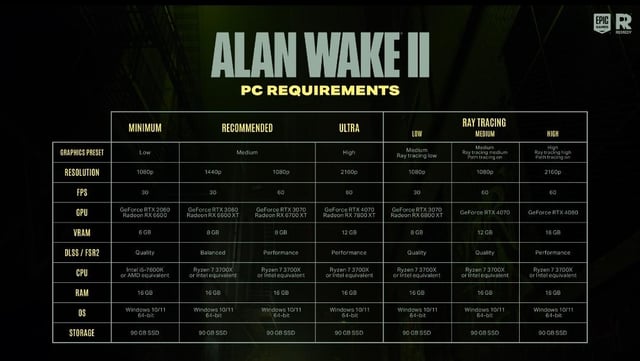
Compared to Metro Exodus Enhanced Edition, Alan Wake 2's ray tracing implementation feels more integrated into the overall visual design. While Metro Exodus showcased impressive ray-traced global illumination, Alan Wake 2 uses ray tracing to enhance virtually every aspect of its visual presentation, from reflections to shadows to ambient occlusion. The result is a more cohesive and immersive visual experience.
PC Performance: DLSS 3 Frame Generation to the Rescue?
Alan Wake 2 is a demanding game on PC, but DLSS 3 Frame Generation can significantly improve performance, especially for players with lower-end RTX cards. On an RTX 3060, for example, DLSS 3 can boost frame rates by as much as 50-70% at 1080p and 1440p resolutions.
Without DLSS 3, an RTX 3060 might struggle to maintain a consistent 30fps at 1440p with high settings. However, with DLSS 3 enabled, frame rates can jump to 45-60fps, providing a much smoother and more playable experience. Even at 1080p, DLSS 3 can provide a noticeable boost, allowing players to crank up the graphics settings without sacrificing performance.

While DLSS 3 is a game-changer for many players, it's not without its drawbacks. Some users have reported visual artifacts and input lag when using Frame Generation. However, these issues are relatively minor and can often be mitigated by tweaking the DLSS settings. Overall, DLSS 3 is a valuable tool for improving performance in Alan Wake 2, allowing more players to experience the game at higher settings and resolutions.
Overall Experience: Remedy at its Finest
Alan Wake 2 is a quintessential Remedy Entertainment title, blending a captivating story with innovative gameplay mechanics and stunning visuals. It fits perfectly into the studio's established design ethos of story-driven, character-focused experiences.
The narrative depth and psychological horror elements in Alan Wake 2 are reminiscent of Max Payne and Control, but the game carves its own unique identity with its dual protagonist structure and its exploration of reality and identity. The pacing is deliberately slow and methodical, allowing the tension and dread to build gradually. The game successfully creates a sense of unease and paranoia, keeping players on the edge of their seats from beginning to end.

While Alan Wake 2 may not be for everyone (its deliberate pace and psychological focus might not appeal to all players), it's a must-play for PC gamers who enjoy atmospheric horror and appreciate innovative design. Hardcore fans of Remedy's previous titles will find plenty to love, while newcomers will be drawn into the game's rich story and immersive world.
Recommendation: If you're a PC gamer who values story, atmosphere, and visual fidelity, Alan Wake 2 is an experience you won't want to miss. Just be prepared to crank up those graphics settings and embrace the darkness.
Conclusion: A Masterpiece of Horror
Alan Wake 2 is more than just a sequel; it's a masterclass in atmospheric horror and a technical showcase for PC gaming. With its innovative gameplay mechanics, compelling narrative, and stunning visuals, it's a must-play for anyone who enjoys story-driven, character-focused experiences. Dive into the darkness, rewrite reality, and prepare to be haunted.

